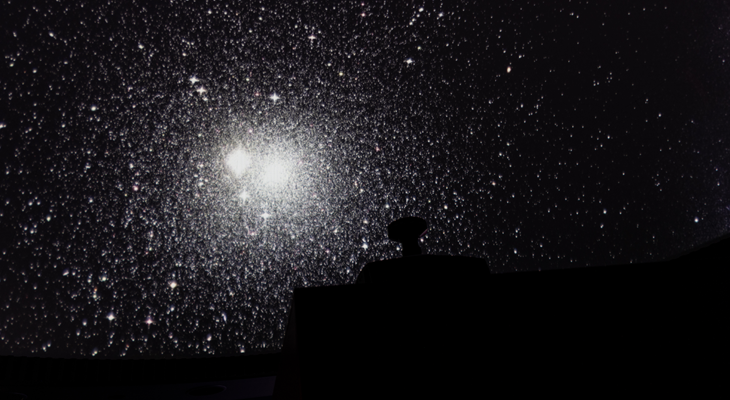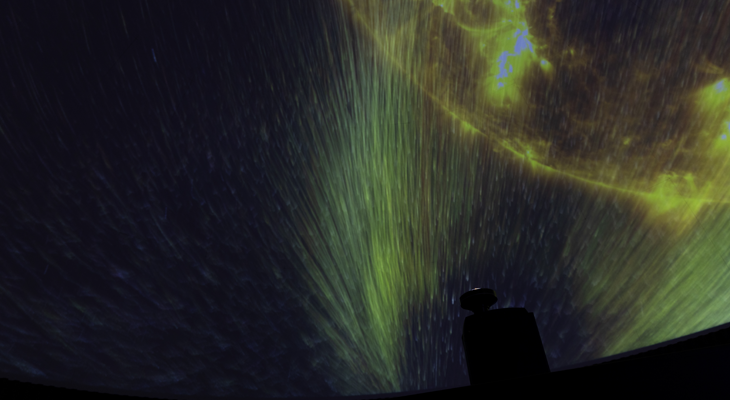
Planetarium Show: The Little Star That Could
Joliet Junior College student Anthony Gibson was awarded with a research grant from the Illinois Native Plant Society (INPS) to study the native flora on the college’s campus.
Applicants were considered by a panel of eight professional reviewers to determine if they met the grant criteria and would further the INPS mission “to promote the study, appreciation, and conservation of the native flora and natural communities of Illinois.”
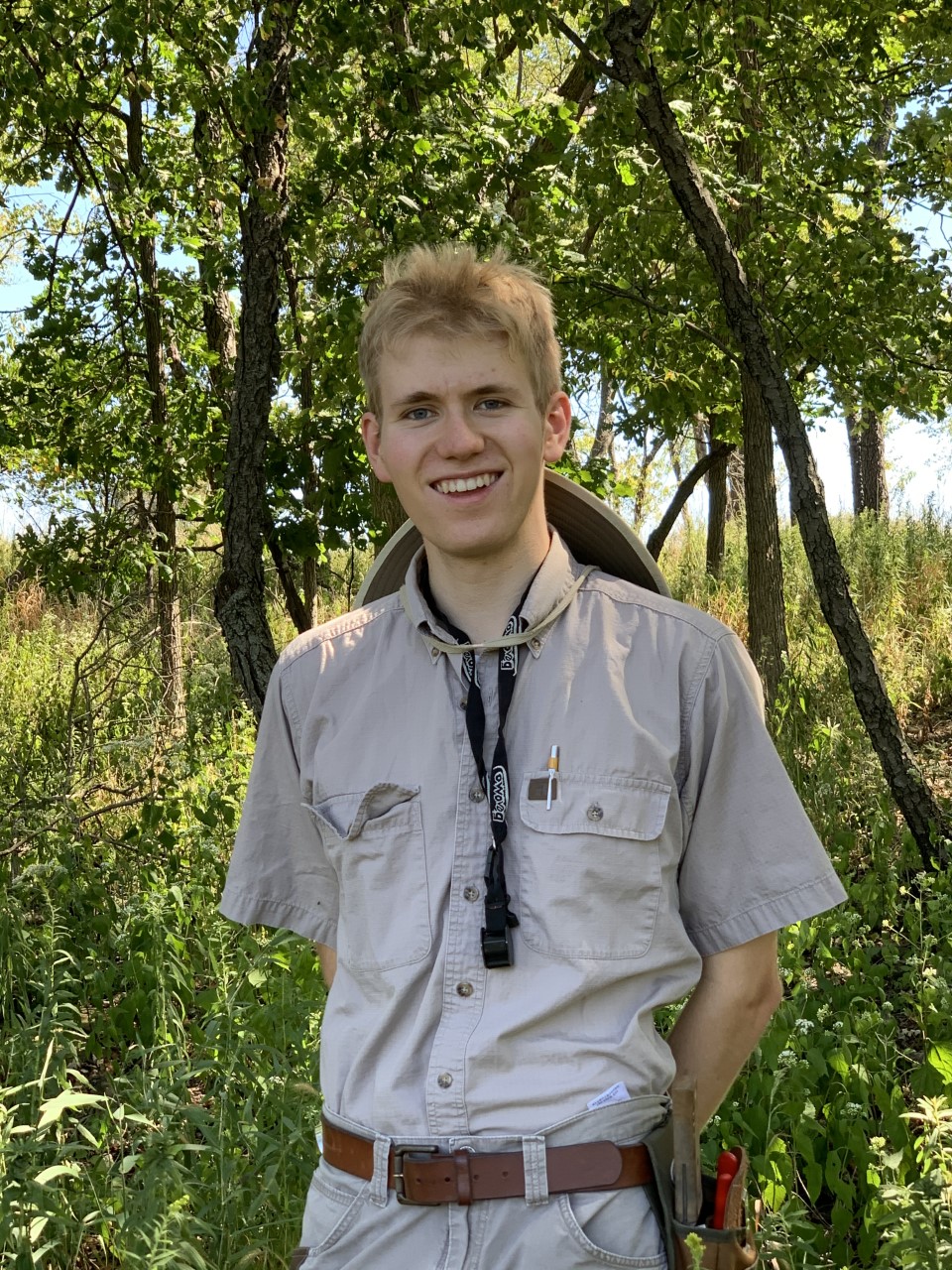
Gibson, along with biology professor Andrew Neill, is researching the vascular plant life on JJC’s campus. Once they uncover what species and subspecies the area contains, they will investigate where they are located and how they group themselves with each other. This research will extend through next year.
“Anthony's dedication to this project exceeds all expectations. He is continually working on the project both at home and in the field. He had to set up a remote botany lab at his home to do the monumental task of plant identification and specimen preparation,” said Neill.
Gibson said that uncovering previously unknown or lost locations of rare plants will show which areas of campus have not been plowed or destroyed.
“These areas of land, for which our campus is fortunate to have, are some of the last known vestiges of original Midwestern landscape,” said Gibson.
Gibson and Neill are surveying the campus on a weekly basis and documenting each plant species that they find through the collection of a pressed plant. Neill has played a large part in helping with the research.
“His knowledge of plant biology and ecology has been a constant source of insight for the design and implementation of our methods,” said Gibson.
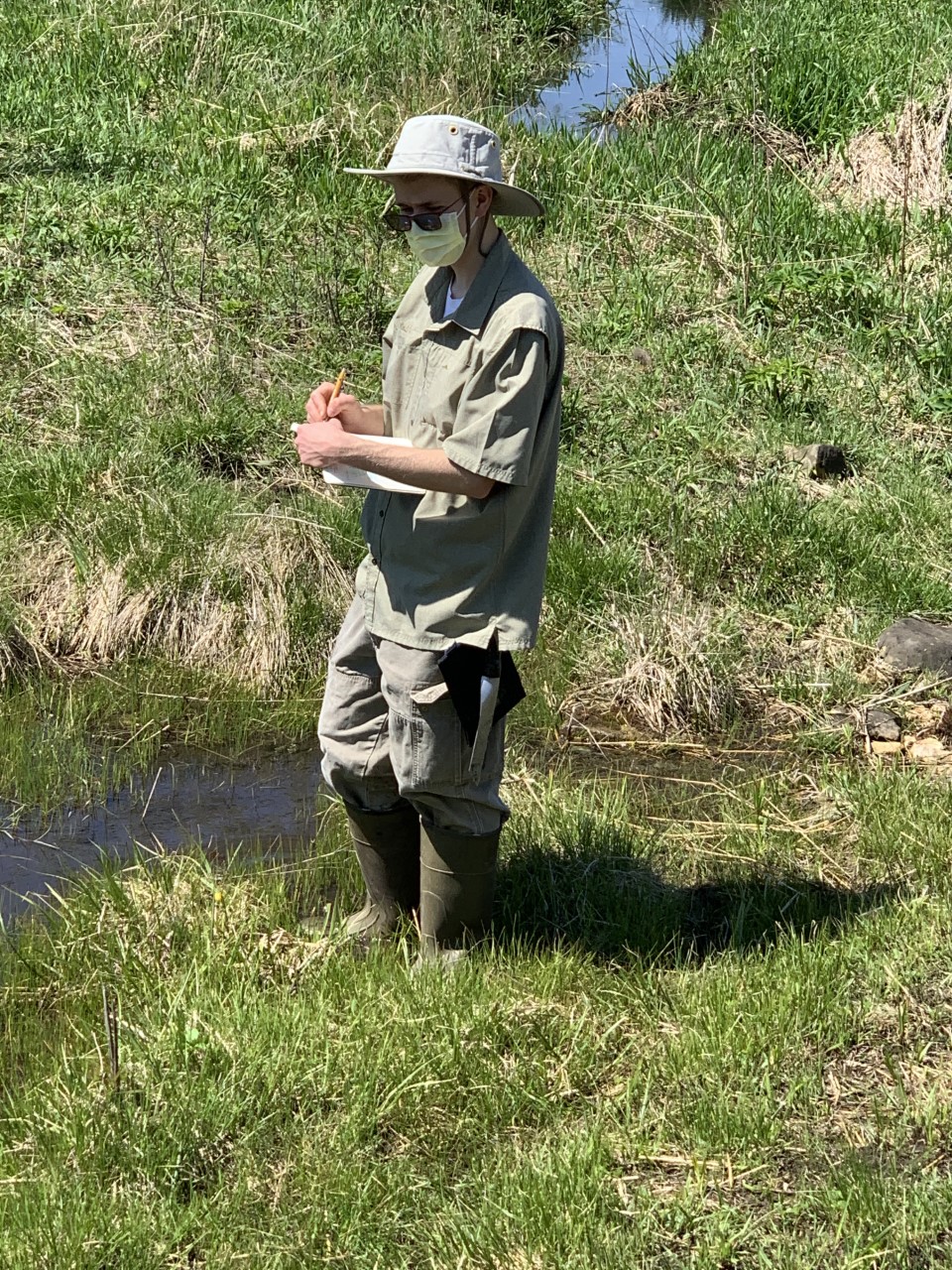
They have already uncovered numerous plants thought to be lost from campus.
“The rarest vascular plant we found and was thought to be totally extirpated from the grounds, was the walking fern of Asplenium rhizophyllum. This rare and local spore bearing plant also roots at the leaf tips, covering cliff faces with vegetative colonies of itself,” Gibson said.
“This plant inventory gives us a historical account of the land use of the past and the possible direction it may go into the future,” said Neill.
Gibson, who will graduate next spring, is majoring in science with an emphasis in horticulture. He is also a member of the Student Horticulture Club.
“It is important to mention that JJC is providing invaluable career-related training to the next generation of taxonomic biologists. Programs and coursework catering to the training of taxonomists in the fields of ornithology, botany, zoology, lichenology, entomology and mycology have been eliminated from many modern curriculums,” said Gibson. “Our world has almost lost the ability to identify the innumerable organisms within it and JJC is one of the first to provide an opportunity to reverse this trend, for which I am ecstatic.”
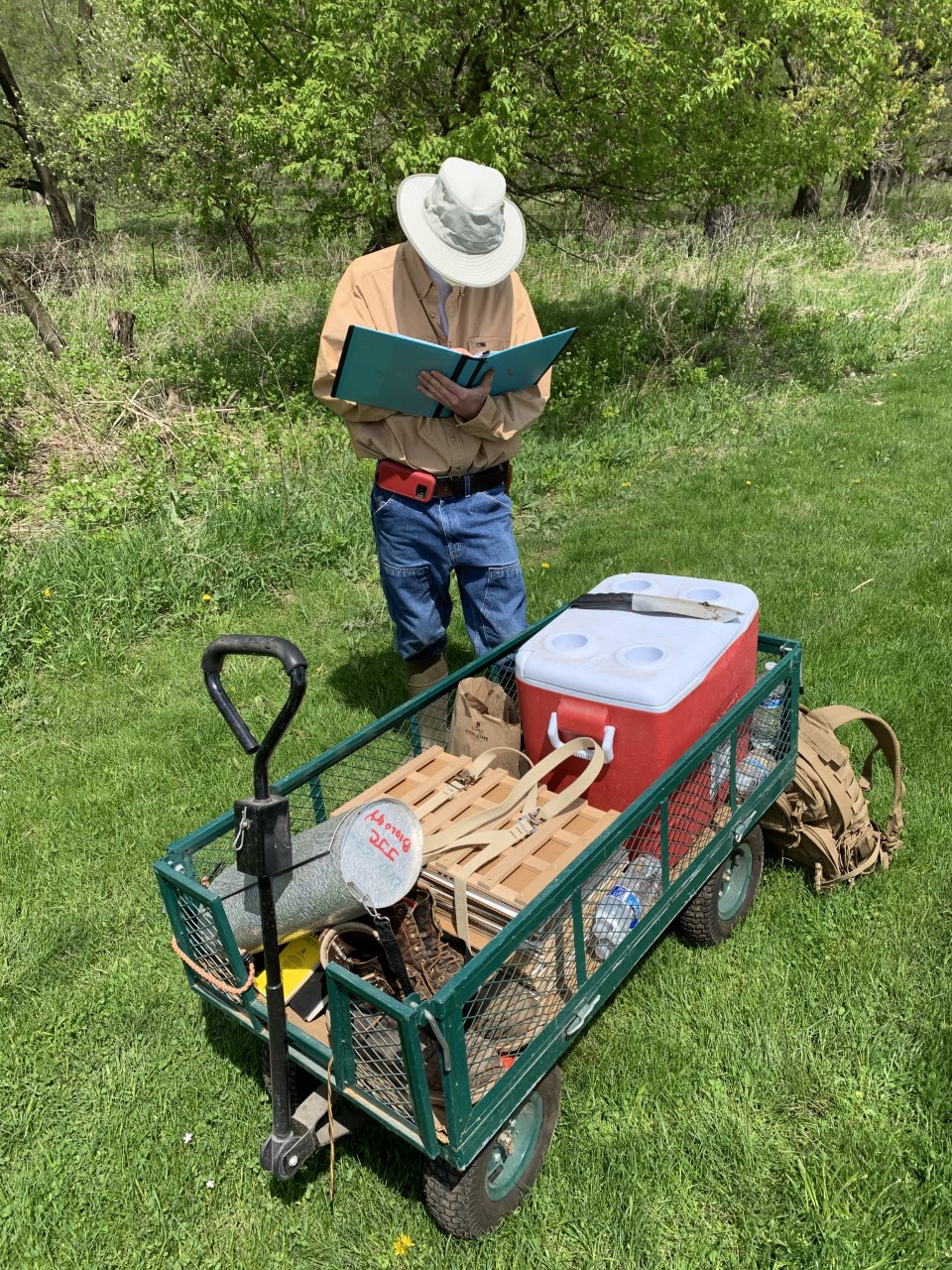
He chose to come to JJC after meeting with several faculty members in the science department. They helped familiarize him with the campus, discussed his interests and explained potential career paths and internship opportunities.
“The extensive natural and curated botanical collections were enticing as well. The Dr. William M. Zales Nature Trail has a natural fen and remnant prairie, both of which are exceedingly rare,” said Gibson. “In addition to the well-equipped J.F. Richards Land Lab, JJC also has its own herbarium with historic plant collections from the local area which Dr. Zales and Professor Andrew Neill helped to curate. Together these invaluable resources provide a world class educational opportunity.”
After he graduates Gibson says that he’d like to stay local and that transferring to Governors State University looks promising.
“So much of the encouragement, support and opportunities I have experienced have been from my community. The Will County area has a lot to offer. My interest in taxonomic botany was ignited and fostered here.”
For media inquiries, contact Communications and Media Coordinator Scott Harvey at sharvey@jjc.edu.

